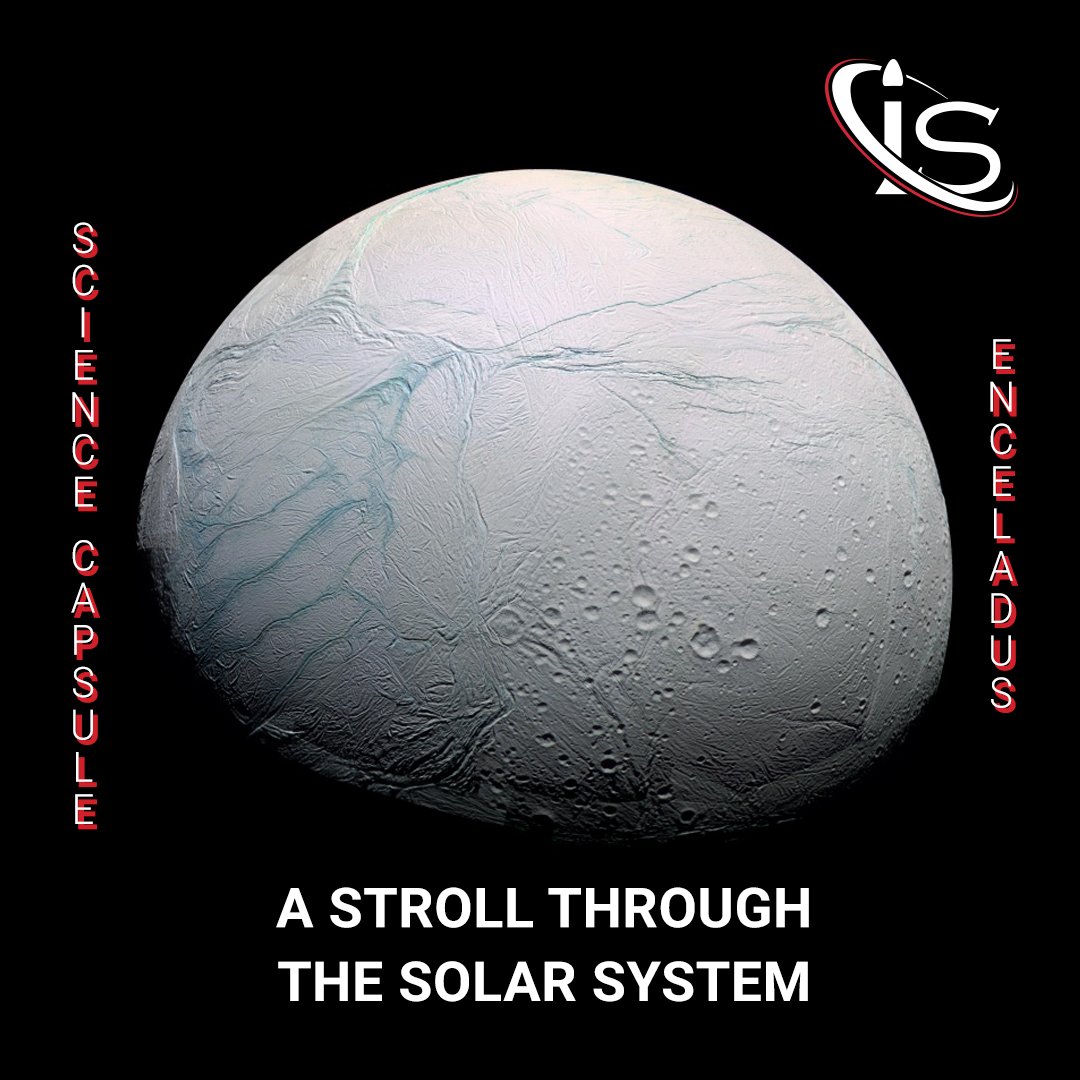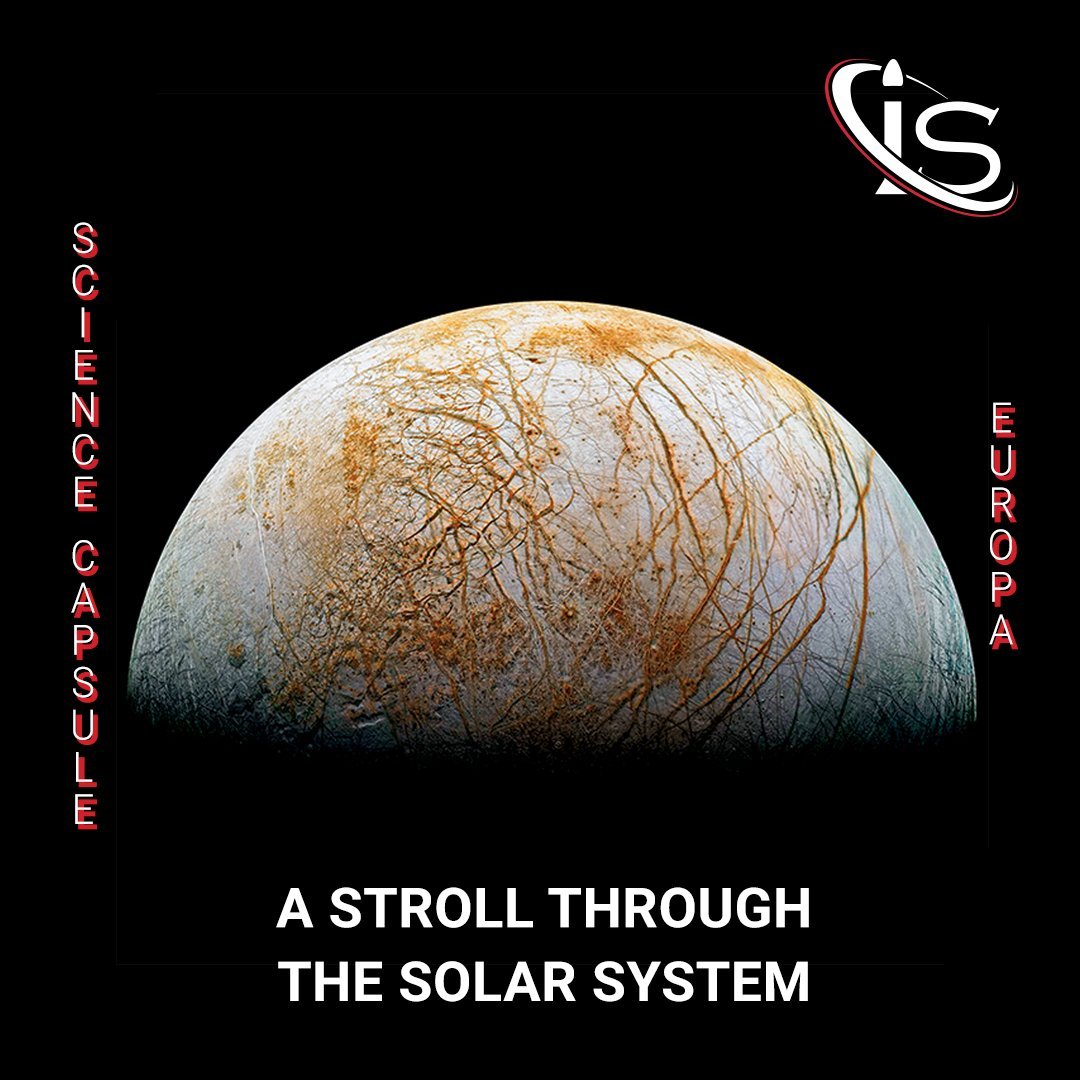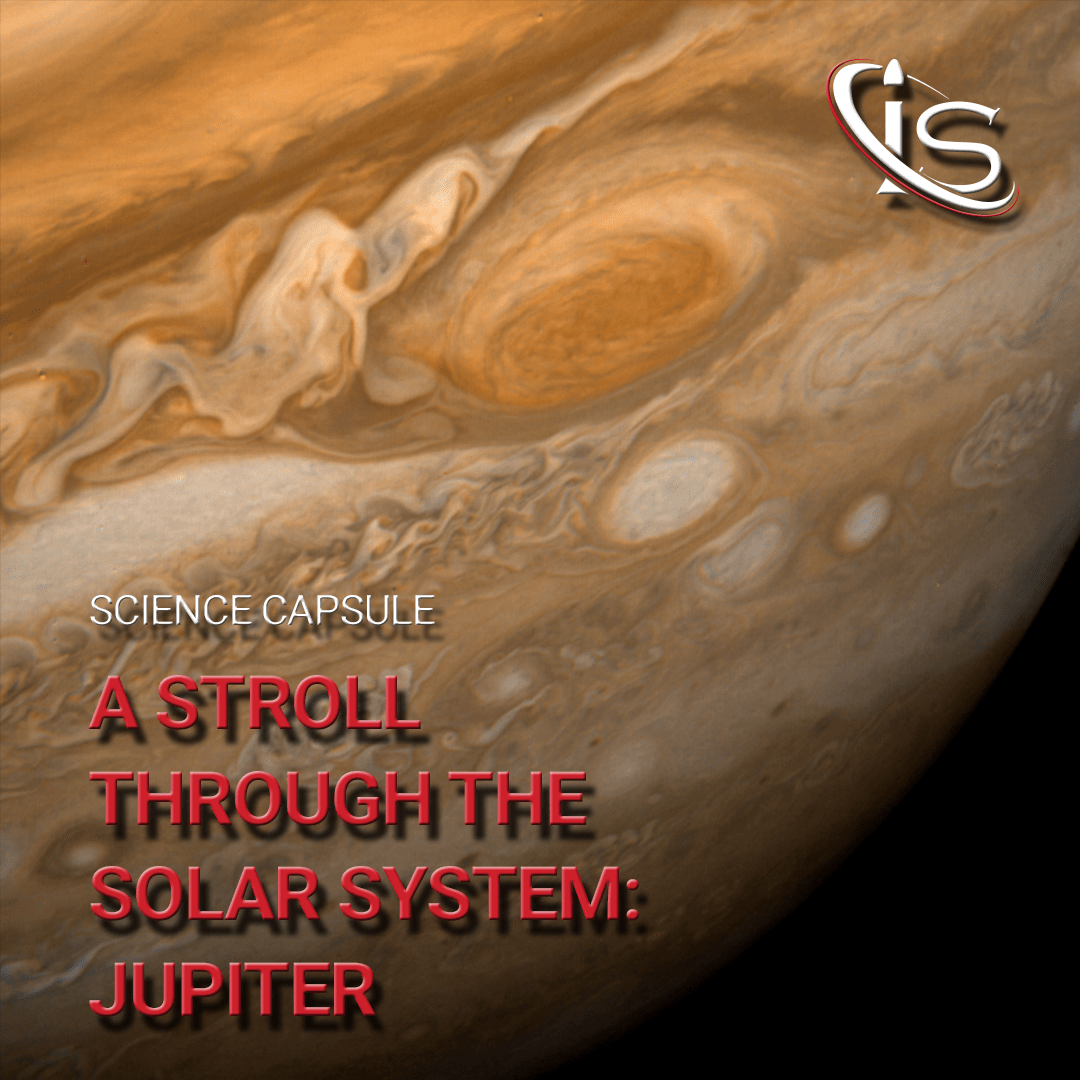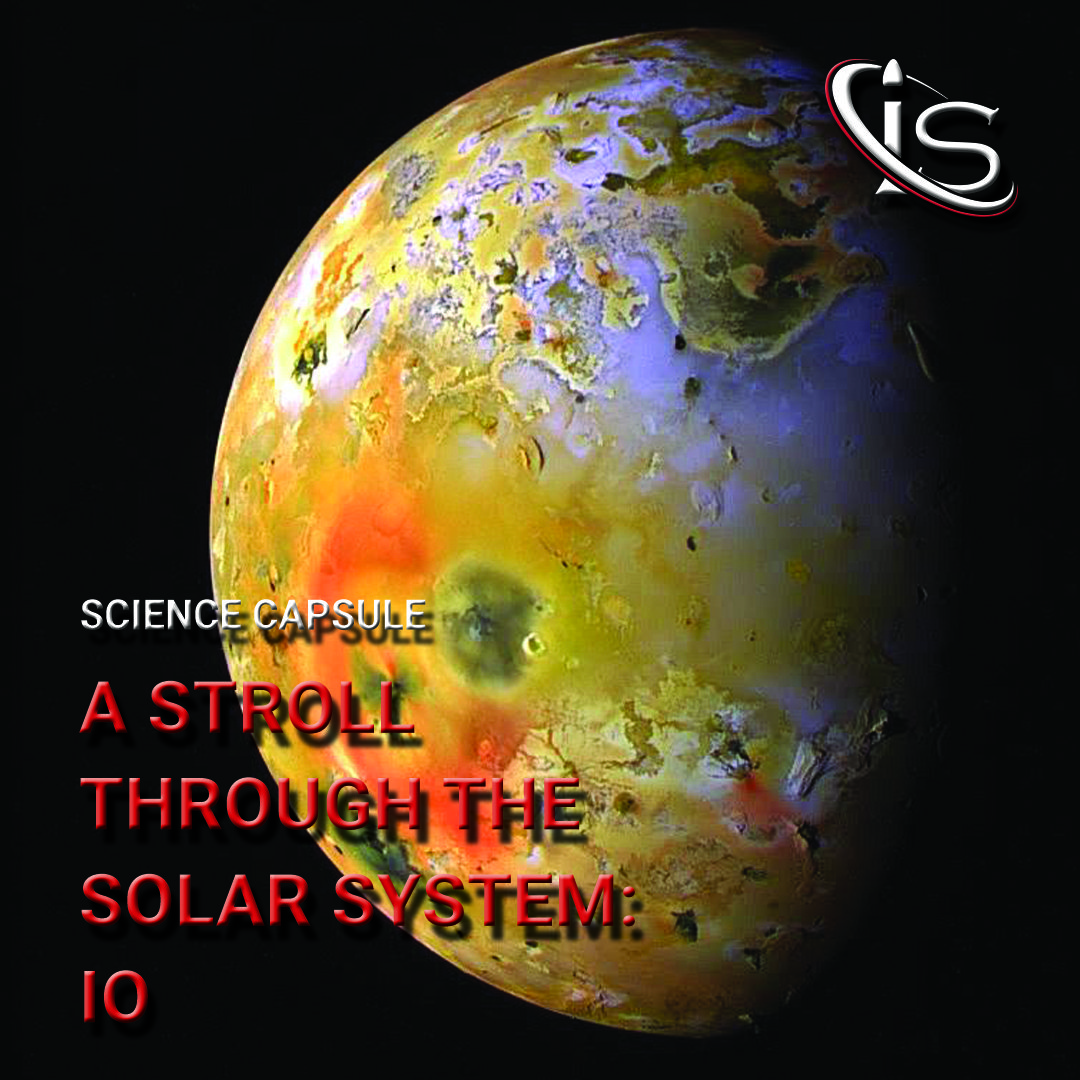Hello and welcome back to everyone’s favorite space series. Last time, we discussed another one of Jupiter’s satellites, Ganymede, the largest moon in the Solar System. Today, it is time to talk about its companion, Callisto. This is Jupiter’s second largest moon and an object that has started piquing the scientific community interest in recent times. There is a lot to unpack, as always, so let us get started.

On the Podium
As I mentioned earlier, Callisto is the second largest moon orbiting Jupiter. On top of that, it is also the third largest in the whole Solar System, with only Ganymede and Titan ahead of it. Its size, in fact, rivals that of the closest planet to the Sun, Mercury.
Callisto is also the furthest of the Galilean moons when it comes to its distance from Jupiter. Its orbit around the planet is about 1,883,000 km in radius. By comparison, Ganymede, the second furthest Galilean moon, is around 1,070,000 km away from Jupiter. This means Callisto is almost twice as far, on average, which is also what causes it to be the only one not to partake in the planetary resonance the other three are a part of. And if you are wondering what that is, you can check out the Ganymede capsule, filled with all the relevant details, here.
But, just for a quick summary, planetary resonance refers to the phenomenon where Io, Europa, and Ganymede have orbital periods that are multiples of each other. Basically, while Ganymede completes one orbit around Jupiter, Europa will complete two, and Io four.
Time on Callisto
Speaking of orbital periods, we should probably talk about Callisto’s. Given its distance from its host planet, this moon takes 16.689 Earth days to complete one revolution. That is over twice as long as its neighbor Ganymede, who sits at 7.155 days. For anyone wondering why its period increased more than its distance, relatively speaking, the answer lies in Kepler’s Laws. Fortunately, we already covered that topic, so you can just check that out here, if you so choose.
It also takes Callisto about 12 Earth years to orbit the Sun. Of course, this is the same as the rest of the Jovian system.
Rocky II
For the faithful and observant readers, this title should seem strangely familiar. That is because I used a very similar one when describing our Moon’s surface. The reason: it is chock full of craters. So, it stands to reason that I would use the illustrious Rocky II title when talking about Callisto, as this is not just a sequel to a highly cratered object, but the improved version of it.
Well… improved might not be the right word, necessarily. However, when it comes to crater concentration in our Solar System, Callisto is second to none. Not only is this the most heavily cratered world in our vicinity, its surface is also the oldest one around. Of course, those two things go hand in hand. After all, an old surface will have been exposed to comet and asteroid strikes longer than a newer one. And Callisto’s surface is around 4 billion years old, which is almost the same age as the Solar System itself… kind of.
The reason for this appears to be the, apparently, minimal geologic activity on this moon, as the impact craters from the aforementioned strikes are still visible. After all, these would not be there if there were volcanoes or tectonic shifts to erode them away. Interestingly, these craters may also be what give Callisto its signature “white dots”, as scientists believe those to simply be water ice covering their peaks.
Another Exosphere
Welcome back to another reoccurring section in these capsules, the atmosphere-centered one. Unfortunately, when it comes to Callisto, there is not much to say. In 1997, the Galileo spacecraft, tasked with gathering information on the Jovian system, only picked up traces of a thin carbon dioxide exosphere on this moon. Since then, there has been the development of said exosphere also containing oxygen and hydrogen — something that we will discuss more shortly — but that is about it.
A New Lease on Life
At the beginning of this capsule, I brought up how Callisto has only recently started getting attention from the scientific community. And so, it is finally time to disclose why that is. While this satellite was previously thought of as a dead hunk of rock, recent discoveries suggest that Callisto may actually have what it takes to harbor life.
A Subsurface Ocean…?
The main point of interest for scientists — and the one that suggests the possibility of Callisto having the necessary conditions for life — is a supposed subsurface ocean. I say supposed, because there are conflicting theories about it.
Back in the 1990’s this theory about Callisto’s ocean started to emerge, thanks to data gathered by the Galileo spacecraft. The location of this salty ocean appeared to be 250 km below the surface; however, more recent observations seem to suggest that this mysterious body of water is either even further down the planet’s interior or not there at all.
The existence of this would, theoretically, lead to the interaction of water and rock, which appears to be at the basis of life. So, it is not surprising that trying to uncover the truth about Callisto has become such a prevalent focus. As for the rest of the planet’s interior, the current theory would suggest a mix of ice with rock and metal.
Could It Really Host Life?
With all this uncertainty, could Callisto really be one of the places outside of Earth fit for life? Unfortunately, the full answer to this may take some time to be reached, yet. While the presence of oxygen in its exosphere combined with the potential for a salty ocean are promising, until said ocean is confirmed to exist, there really is no way to determine if Callisto could be suitable for life.
Jupiter’s Entourage Is Back
And now, it is time for a personal favorite of mine, the mythological origins of the planet or moon’s name. With this being another satellite of Jupiter, the name chosen for it is, once again, one connected to the big sky deity, himself.
First off, there are two possible versions of Callisto — as per usual. One is a nymph, while the other is the daughter of King Lycaon. Fortunately, it does not matter which version is picked, as both share the same fate. You see, Callisto was a follower of Artemis and, therefore, had sworn a vow of chastity; however, Zeus — Jupiter’s Greek counterpart — was attracted to her. Big surprise, I know. So, he decided to take on another form to try and seduce her. The really insane part here, is what — or rather who — he transformed into. While there are various versions of this myth, the most prevalent one has Zeus turn into Artemis, in order to trick Callisto into sleeping with him.
Unfortunately, this led to Callisto becoming pregnant, which caused her to be expelled from Artemis’s group. What is even worse, however, is that Zeus’s wife, Hera, decided to turn her into a bear in a fit of rage. And, as if things were not crazy enough, Callisto’s son, Arcas, was about to kill his mother while she was in her ursine form, not realizing who it was. This is when Zeus came to the rescue — finally helping this poor woman for once — and turned her into the constellation Ursa Major, better known as the Big Dipper in English. And at the same time, Zeus also turned Arcas into the constellation Ursa Minor, or Little Dipper.
There is even more craziness to this story, but I will leave it up to you guys to find out more.
And Then There Was One
This will do it for us here, today. Next up is the last of Jupiter’s Galilean moons, Europa. That is believed to be the place most likely to sustain life outside of Earth in the whole Solar System, so I recommend keeping an eye out for its stroll. In the meantime, you can check out our other technical and science capsules, which will continue to come out every Wednesday on impulso.space. Hope to “see” you all then.





